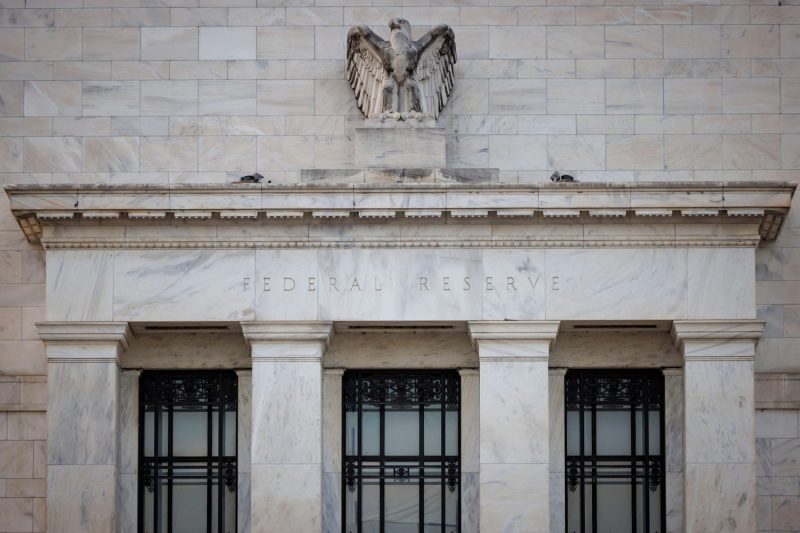The recently released Federal Reserve meeting minutes have provided valuable insights into the central bank’s decision-making process. Among the key takeaways is a strong indication that a rate cut is likely to occur in September, following the Fed’s decision to cut rates in July for the first time since the Great Recession.
One notable aspect highlighted in the minutes is the concern over the impact of ongoing trade tensions and global economic uncertainty on the U.S. economy. The Fed acknowledged the risks posed by these external factors and signaled a willingness to act decisively to support economic growth in the face of mounting challenges.
Another important consideration discussed in the minutes is the need to sustain the current economic expansion and ensure that inflation remains on target. With inflation running below the Fed’s 2% target, policymakers are keen to implement measures that will help boost price levels while supporting job creation and sustainable economic growth.
Moreover, the minutes reveal a consensus among Fed officials on the need for a proactive approach to monetary policy in order to maintain favorable economic conditions. The central bank’s commitment to using its tools to support the economy and promote financial stability underscores its readiness to take necessary actions in response to evolving economic conditions.
In light of these developments, market analysts and investors are closely monitoring the Fed’s signals for clues on the timing and magnitude of future rate cuts. The expectation of a rate cut in September has already been priced into financial markets, reflecting a high degree of certainty among investors regarding the central bank’s next steps.
Overall, the Fed minutes provide a clear picture of the central bank’s outlook and policy stance in the current economic environment. With uncertainties persisting in global markets and domestic conditions evolving, the Fed’s commitment to data-dependent decision-making and proactive policy adjustments will play a crucial role in shaping the trajectory of the U.S. economy in the coming months.
